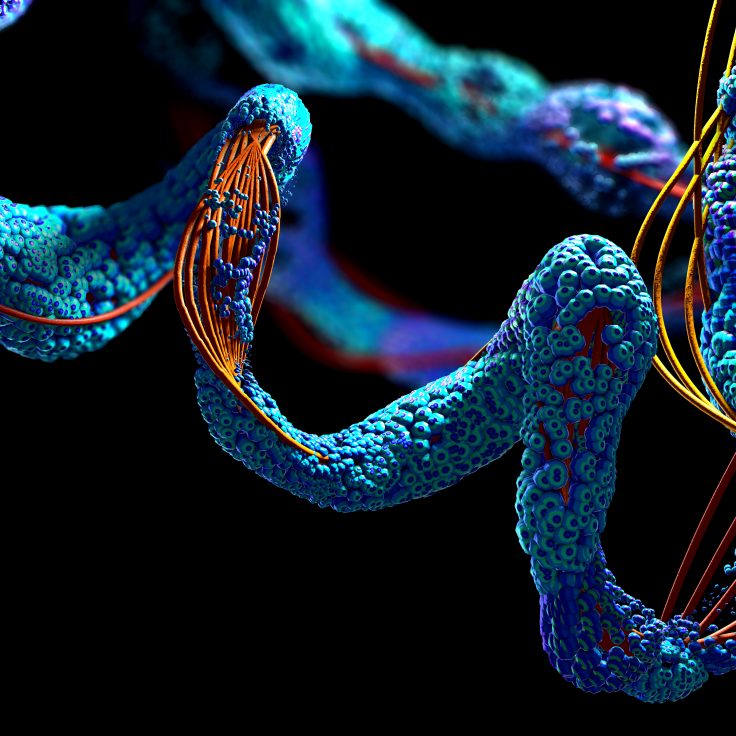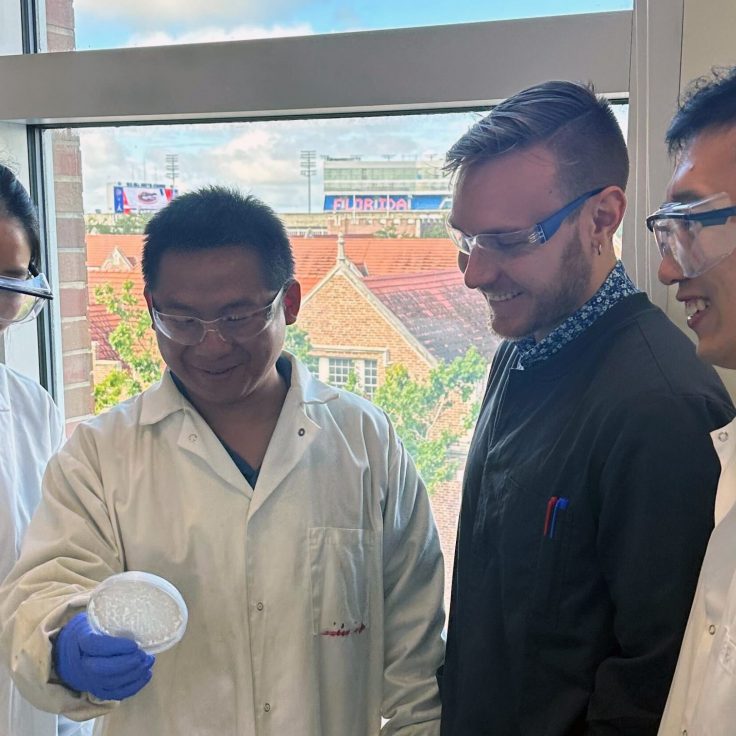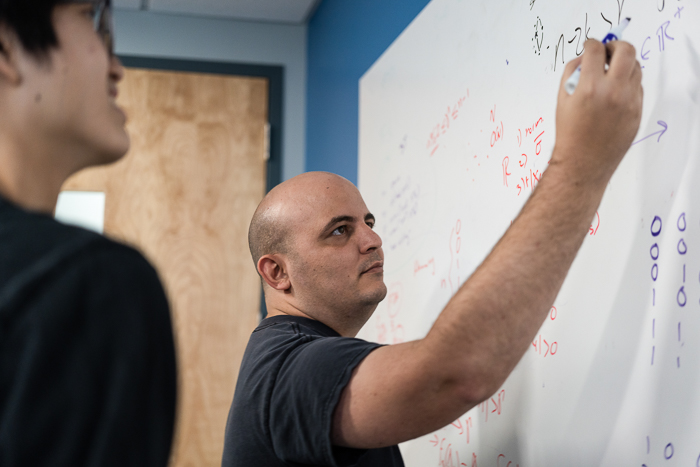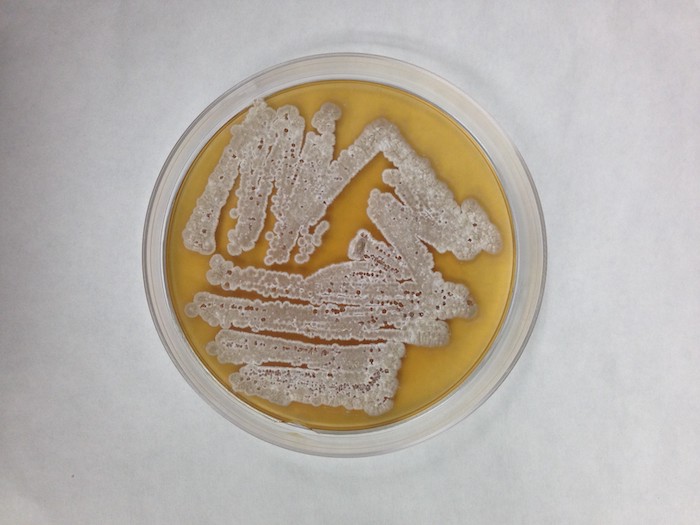
Researchers at the Whitney Lab and the Department of Chemistry discovered the Streptomyces strain, which produces of Benditerpenoic acid.
Buried Treasure: How a Bit of Soil Led to a Rare Discovery for Microbial Chemistry
By Heather Krumholtz
In 2014, chemist Sandra Loesgen, PhD, took a soil sample near Bend, Oregon, just as she had countless times near her laboratory and other places she traveled to for research or leisure. This everyday task, though, would lead to a discovery that was anything but ordinary.
The sample arrived at her lab, destined to live its life on an agar plate — a petri dish that encourages growth of microorganisms, like bacteria — as just one of many samples waiting for someone to reveal its full potential. The field of natural products chemistry, also called “pharmacognosy,” thrives in the discovery of new chemical entities from nature, with many of them being developed into drugs like antibiotics or cancer treatments.
Six years later, Loesgen joined the University of Florida Whitney Laboratory for Marine Bioscience as an associate professor of chemistry, studying microbial chemistry. She brought the sample among hundreds of others on a cross country road trip from the west to east coast to its new home in St. Augustine, Florida.
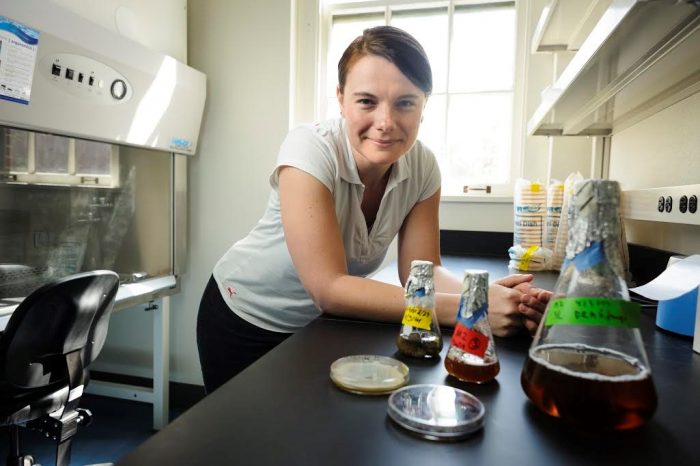
As the sample adjusted to the new coastal surroundings, now was its chance to show Loesgen what it had to offer. Loesgen and her lab began collaborating with Jeffrey Rudolf, PhD, assistant professor of chemistry at the University of Florida, where they worked to reveal how this bacterium on the agar plate functioned and analyzed its genes, and chemical compounds in molecular detail. Many, many hours of quality time were spent with this tiny bit of earth. And what they found took them by surprise: One bacterium from the soil sample formed a new chemical structure, creating a brand-new molecule and structural class.
“Some chemists can spend their entire careers and never come across a new chemical structure like this,” Loesgen said. “Often times samples reveal similar structures again and again, so this rare discovery is a very special career accomplishment.”
And because no one has seen anything like this in nature before, the molecule earned itself an official name: benditerpenoic acid, because it was found close to Bend, Oregon, and is affectionately referred to as “bend-y.” Just look at how energetic it is:
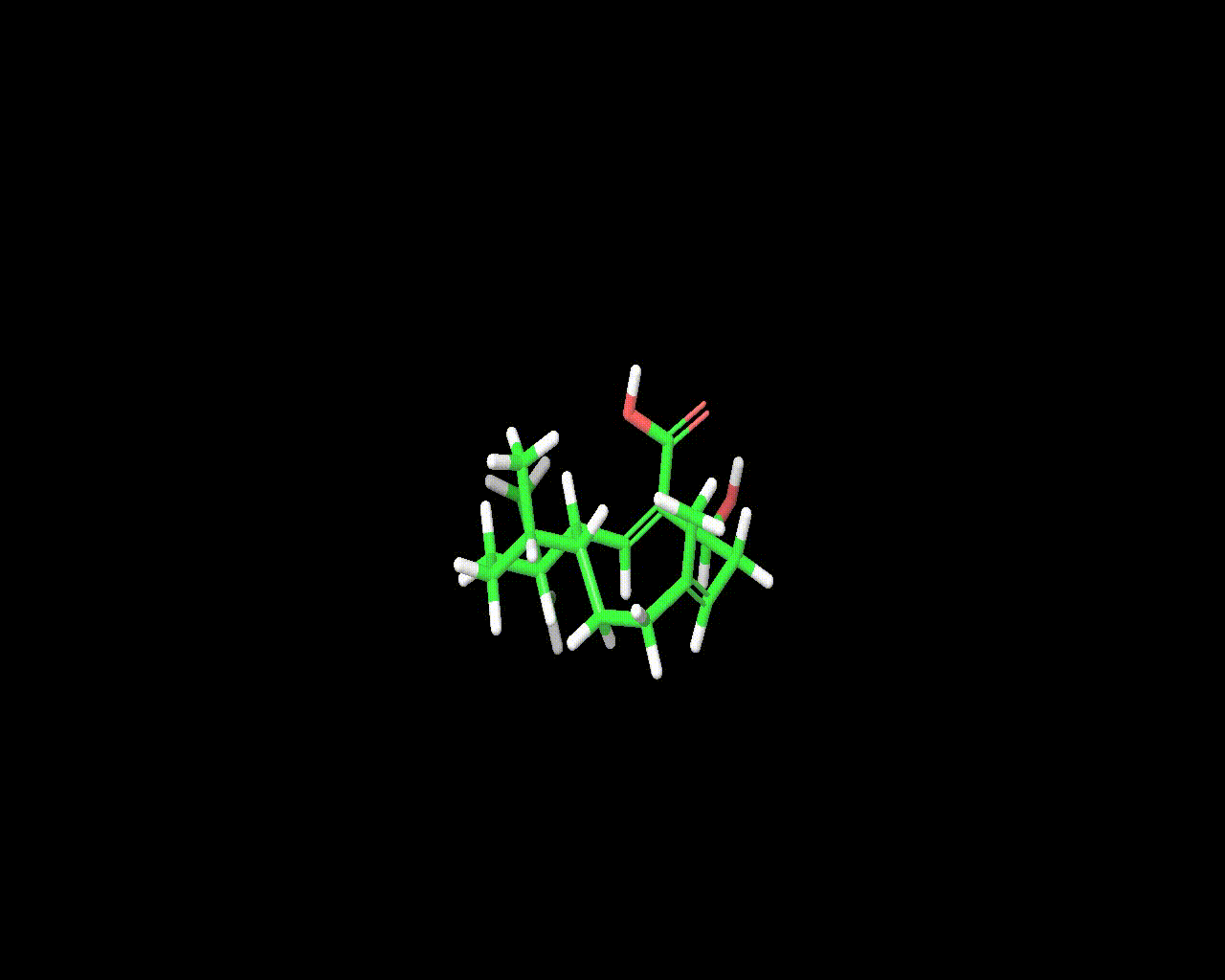
“Bend-y” joins a group of only a few bacterial natural products that belong to the so-called “terpenoid class,” which are known for their aromatic qualities and use in remedies. The best known bacterial terpenoid is probably the compound geosmin, which creates the smell of wet soil in a forest. Gene sequencing has shown many of the genes that could produce larger siblings of this class in bacteria, but the chemistry for these has yet to be found.
As Loesgen, Rudolf and their labs continue spending more quality time with “bend-y,” they look forward to seeing what other special talents will be revealed. They will explore whether it could help to create a new antibacterial drug, or even a new cancer treatment. With more time, it will surely find its purpose, in its already very accomplished life.
Read the official publication of the research discovery of “Bend-y” here: Discovery and biosynthesis of a structurally dynamic antibacterial diterpenoid
Read the backstory on Oregonian soil bacteria from the Loesgen Lab here: Biodiversity, Bioactivity, and Metabolites of High Desert Derived Oregonian Soil Bacteria
Learn more about the Loesgen Lab here.
